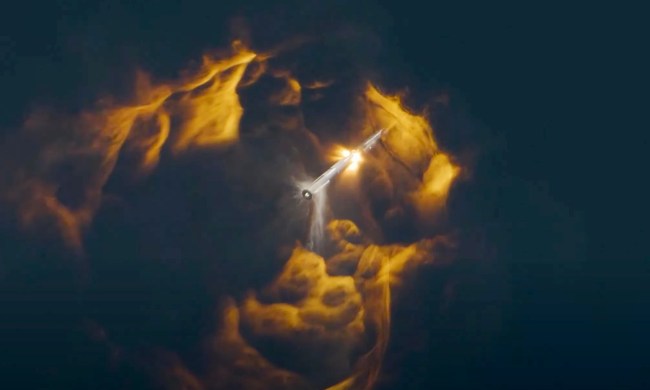When Rocket Lab returned to rocket launches last week with its “I Can’t Believe It’s Not Optical” mission, it was not only carrying satellites to be deployed for private customers. Its Electron rocket was also carrying a secret surprise: A part of the rocket which detached to form a Photon satellite designed and built by Rocket Lab itself.
The satellite is formed from the rocket’s “kick stage,” an additional platform attached to the rocket which detaches after launch and which can be used to deploy satellites into precise orbits. With the customer’s satellites deployed, the kick stage itself transitions to a satellite mode, which can complete its own mission.
The deployment was intended as a technology demonstration so this particular satellite will be used primarily for testing purposes, but it was also outfitted with a camera that captured views of the spacecraft over Earth.

The satellite deployed this week is part of the “First Light” series and its release was a surprise to those outside of the company. Rocket Lab has been quietly working on the project after announcing it was interested in building satellites last year but did not announce its intentions to test the new technology.
The idea is for Rocket Lab to make “end-to-end mission services” available to private businesses, allowing the company to offer the design, construction, and launch of satellites available as a single package. This could reduce the barrier for entry to space missions.
“We started with launch and solved it, releasing small satellites from the time and orbit constraints experienced when flying on larger launch vehicles. Now we’ve simplified satellites too,” Rocket Lab founder and CEO Peter Beck said in a statement.
“Launching the first Photon mission marks a major turning point for space users — it’s now easier to launch and operate a space mission than it has ever been. When our customers choose a launch-plus-spacecraft mission with Electron and Photon, they immediately eliminate the complexity, risk, and delays associated with having to build their own satellite hardware and procure a separate launch.”
Rocket Lab says that First Light could be deployed from other vehicles as well as Photon rockets, and that variations on the design could be used for future missions to the moon, including the upcoming CAPSTONE lunar mission for NASA, planned for 2021.



